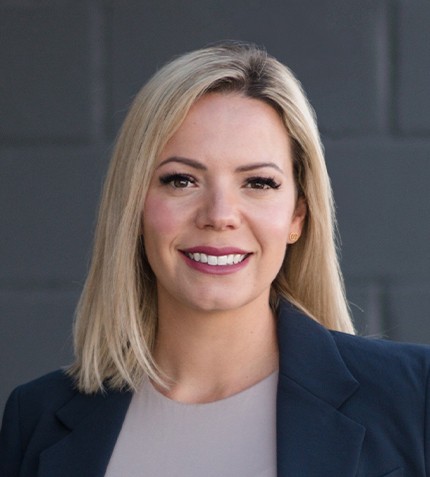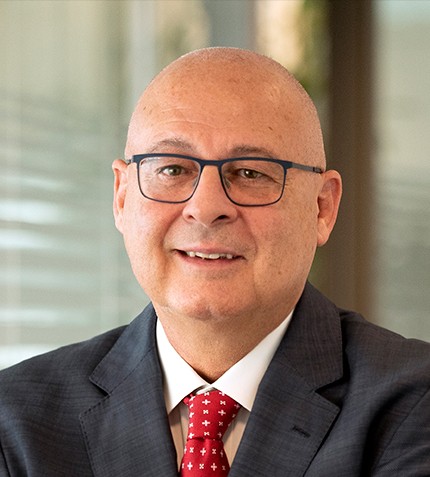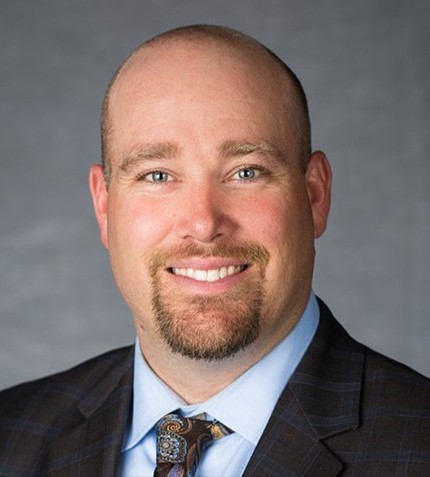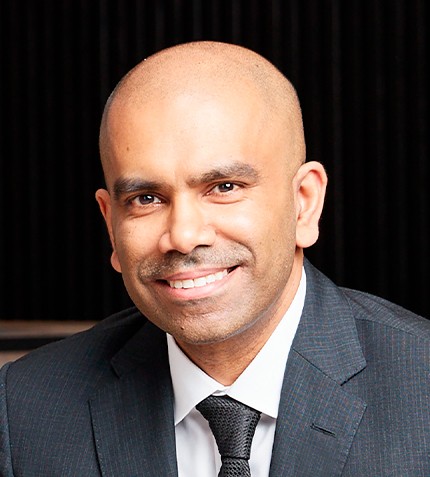
"When you compare the costs in the area we operate to the Golden Triangle, our exploration is significantly cheaper. Our geologists can easily drive to the field from Vancouver, we have no need for building camps or helicopter support and we have a whole list of eager drill companies just up the road in Kamloops."
Terry Harbort
PRESIDENT & CEO, TALISKER RESOURCES
“The Crown Jewel of Canadian Mining” what can you tell us about the recent Bralorne Acquisition?
The Bralorne Gold Camp is one of the highest-grade, most structurally continuous gold deposits in Canada. The source of the prolific Fraser River alluvial gold rush of the 1860’s, Bralorne produced 4.2 million oz at 17.7 g/mt for over fifty years. On average, for every 50 meters they extracted at depth, 115,000 oz was recovered from the 30 mesothermal veins that were mined. Two of the mines in the camp, Pioneer and King, were closed in the mid 1960’s whereas the Bralorne mine continued until the early 1970s. The gold price then was US$35/oz, that’s about $220/oz in today’s dollars. I doubt there would be many mines today economic at US$220 gold. With a highway right to it, a camp, a mine and tailings permit, and being connected to grid power with a hydro plant several kilometers away, we view Bralorne as a world class opportunity.
What’s your view of the upside potential at Bralorne?
We have an excellent database of historic drift samples and drilling for the Bralorne complex and have been able to wireframe numerous drill targets directly along strike and at depth of the 30 mined veins. Most of these targets are from 250m to 750m from surface. 29 of the veins were historically mined to less than 900m depth whereas the 77T Vein was mined to 1.9 km. From the historic sampling during mining we see incredible continuity of grades above 15 g/mt for up to 750m along strike and up to 1.3km down dip. We see no geological reason why this wouldn’t continue. Our first phase of drilling will be to test these near to surface targets and then to test deeper potential to show that the historic continuity continues below the old mines. Considering the historic production average was in excess of 100,000 oz per 50m panel, we believe we have potential to add a lot of ounces at depth.
What is your timing on beginning exploration at Bralorne?
We are fully funded and permitted to initiate drilling at Bralorne in Q1, 2020. Our initial program will consist of 10,000m with 3,000m targeting the close to surface vein extensions. Come spring, we will be conducting a systematic review of all occurrences and anomalies on the 4200 hectare land package, many of which have never been drilled.
Bralorne isn’t the only interesting land package in Talisker’s portfolio, can you elaborate on the Spences Bridge exploration program?
Our focus prior to the Bralorne acquisition was greenfields exploration for low sulphidation vein systems in the emerging Spences Bridge Gold Belt. The belt went from frontier to emerging in September 2018 with the discovery of the Shovelnose deposit by Westhaven Ventures. Talisker was able to gain control of 85% of this new gold belt in the largest single staking in British Columbian history, staking nearly 190,000 hectares in a 6-hour period. We have recently increased this land holding to 230,000 hectares by identifying other similar cretaceous belts with the same structural and metallogenic framework. During the 2019 field season, we conducted an aggressive exploration campaign with 22 geologists in the field collecting approximately 2500 silt fraction first order stream sediment samples resulting in over 100 new anomalies and, to date, 10 defined drill targets. With a planned budget of US$3.6 million we will continue the exploration at Spences Bridge in 2020 with our specialised greenfields team in parallel to our Bralorne program.
Talisker had a lot of land in southern BC, why do you like southern British Columbia so much?
When you compare the costs in the area we operate to the Golden Triangle, our exploration is significantly cheaper. Our geologists can easily drive to the field from Vancouver, we have no need for building camps or helicopter support and we have a whole list of eager drill companies just up the road in Kamloops, so our drill costs are US$150-200/m all-in instead of US$500-550/m. When you combine this with our extended field season of 10-11 months against 3-4 months up north, it means that more of our money goes into the ground faster, leading to a shortened discovery timeline.










